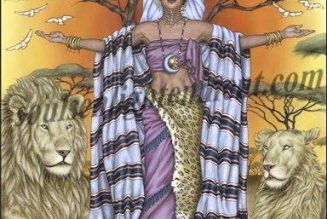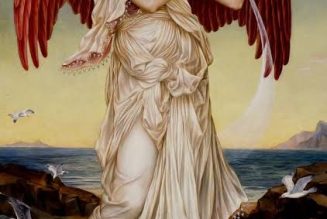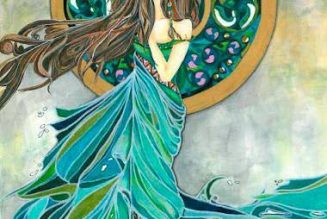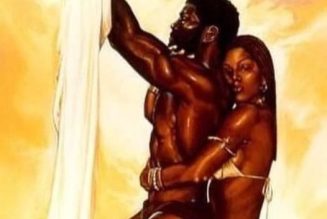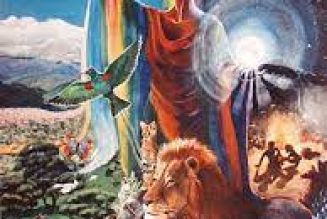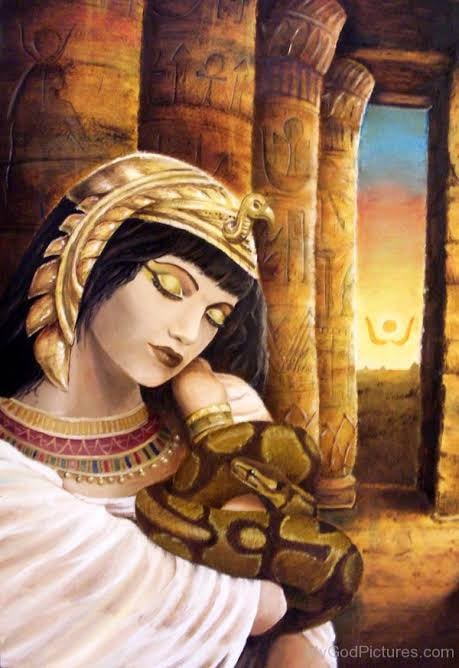
In Egyptian mythology, Amunet was a primordial goddess. She preceded the great gods and goddesses of Egypt and had connections with the creator god Amun. Her myth was important not only in Egypt but also in Thebes. Here’s a closer look.
Who was Amunet?
In Ancient Egypt, there was a group of deities known as the Ogdoad. People worshipped them as the deities of chaos in Hermopolis, a major city at the time. They consisted of four male and female couples, represented by frogs (male) and serpents (female). Each couple symbolized different functions and attributes. Although there have been attempts to designate a clear ontological concept to each of the pairs, these aren’t consistent and vary.
At the beginning of their worship, the Ogdoad, and therefore Amunet, were not gods but concepts that preceded the myths of creation. Amunet was the consort and counterpart of the creator god Amun.
Amunet was the goddess of the air, and people also associated her with invisibility, silence, and stillness. Her name in Ancient Egyptian stands for the hidden one. Amunet was a goddess, a concept, and, as mentioned before, the female form of Amun.
Depictions of Amunet
Just like the other female deities of the Ogdoad, Amunet’s depictions showed her as a snake-headed woman. In some portrayals, she appeared in the full form of a snake. In some other artworks and writings, she represents the air as a winged goddess. Other depictions showed her with a hawk or ostrich feather over her head to symbolize her hieroglyph.
Symbolism of Amunet
Amunet represented the balance that the Egyptians so much valued. The male deity needed a female counterpart so that balance could exist. Amunet portrayed the same traits of Amun, but she did it from the feminine side. Amunet was a notable deity without whom the myth of creation would have developed differently.
Together, the duo represented the air and that which was hidden. As primordial gods, they also represented disorder and chaos.
Worship of Amunet
Amunet’s central place of Worship, alongside Amun, was the city of Thebes. There, people worshipped the two deities for their significance in world affairs. In Thebes, people regarded Amunet as the protectress of the king. Therefore, Amunet had a leading role in the rituals of coronation and prosperity of the city.
Apart from this, several pharaohs offered gifts and statues to Amunet. The most famous was Tutankhamun, who erected a statue for her. In this depiction, she is shown wearing a dress and the red crown of Lower Egypt. Even today, the exact reason why the pharaoh built that for her isn’t clear. There were also festivals and offerings to both Amunet and Amun in different eras and different regions of Egypt.
In Brief
Although Amunet might not be a figure as prominent as other goddesses of Ancient Egypt, her role as the mother of creation was central. Amunet was significant in the creation of the world and her worship spread. She was one of the primordial deities and, in Egyptian mythology, one of the first beings to roam the world.
